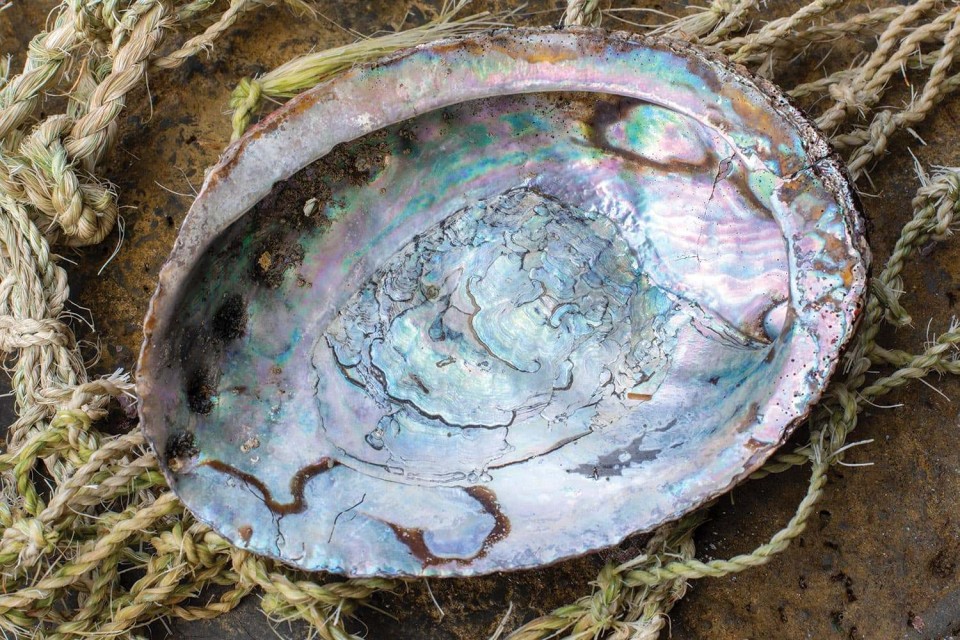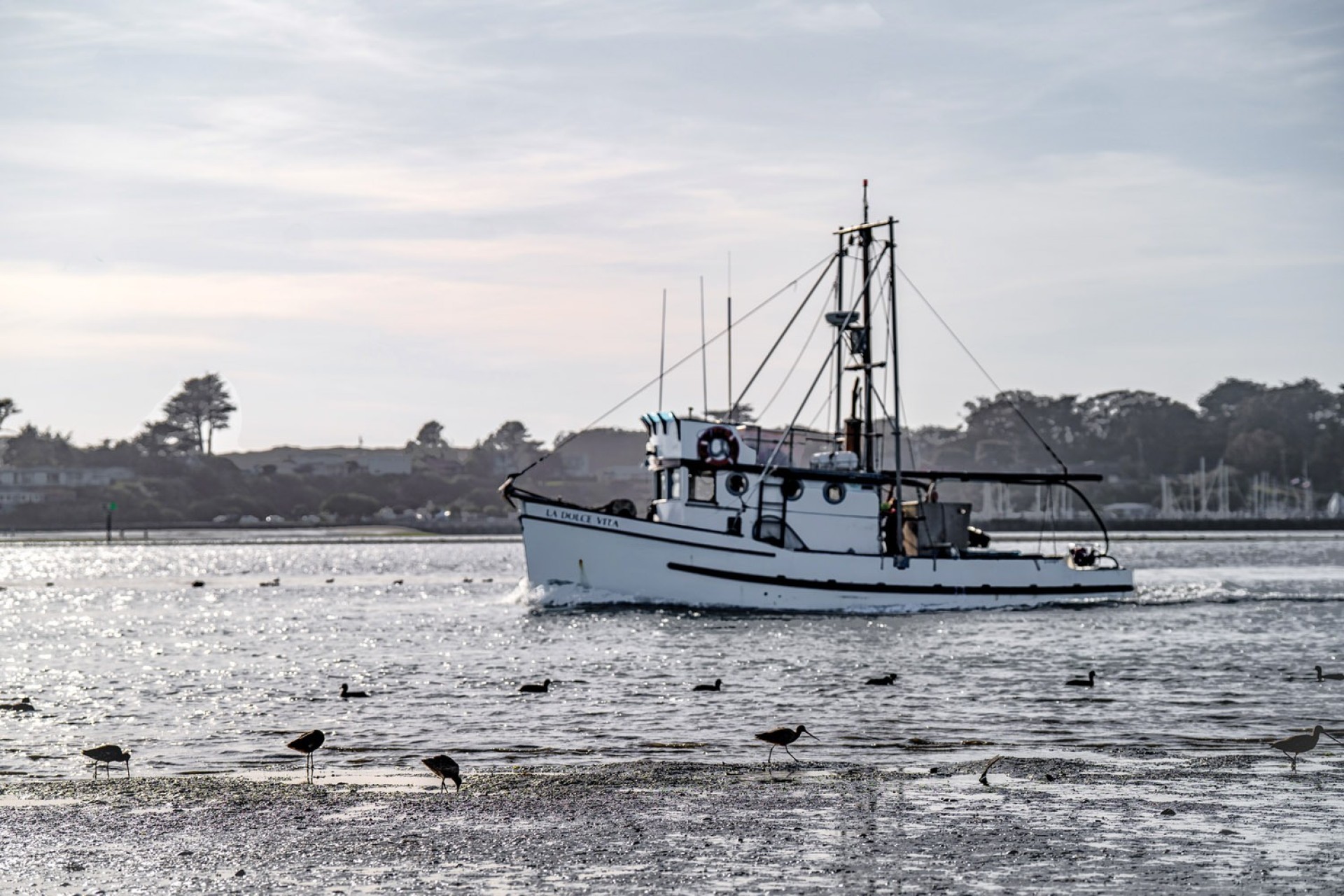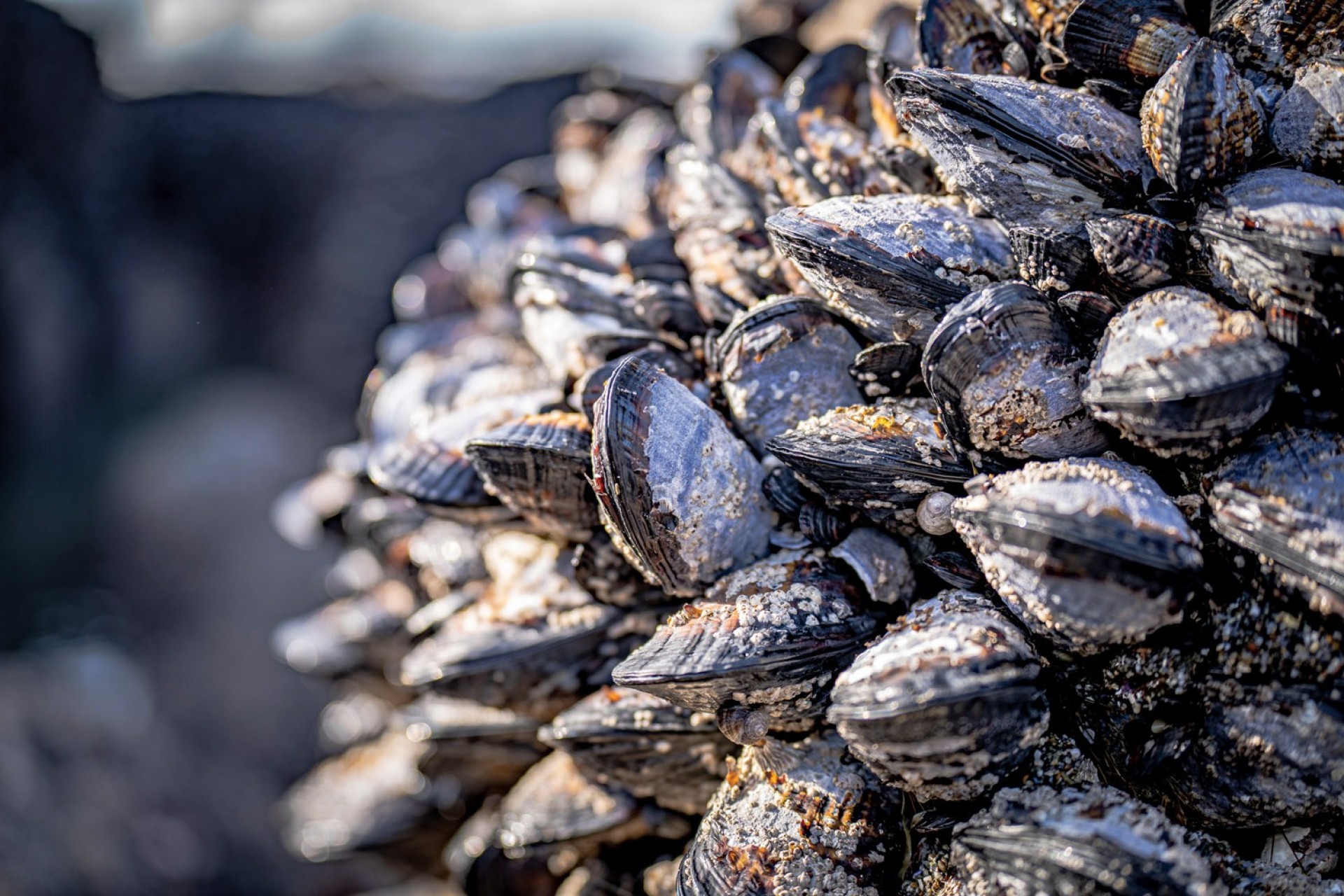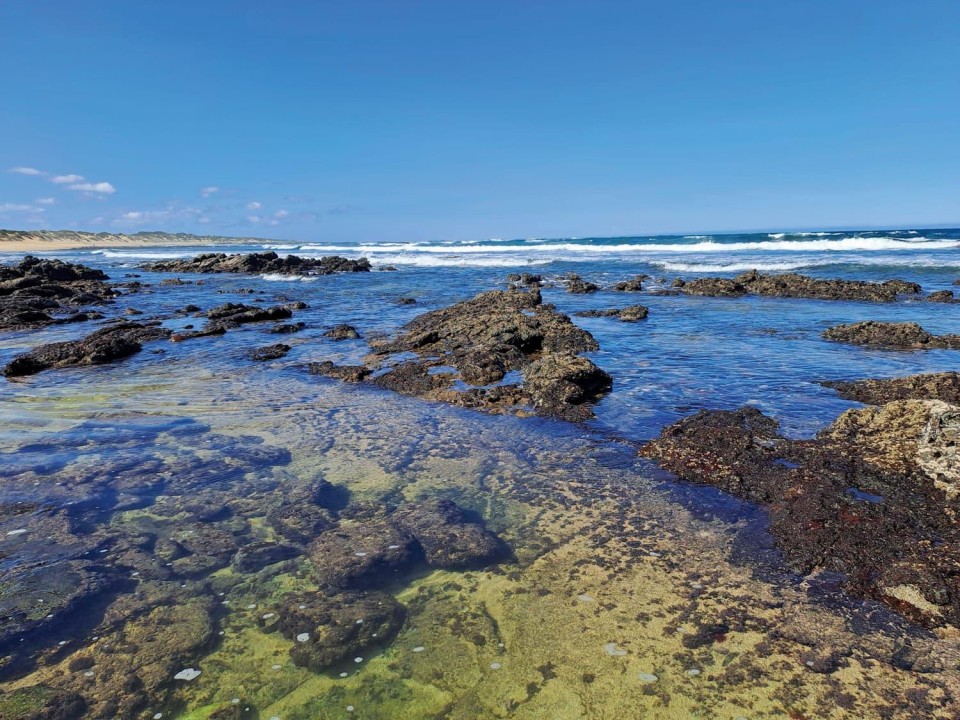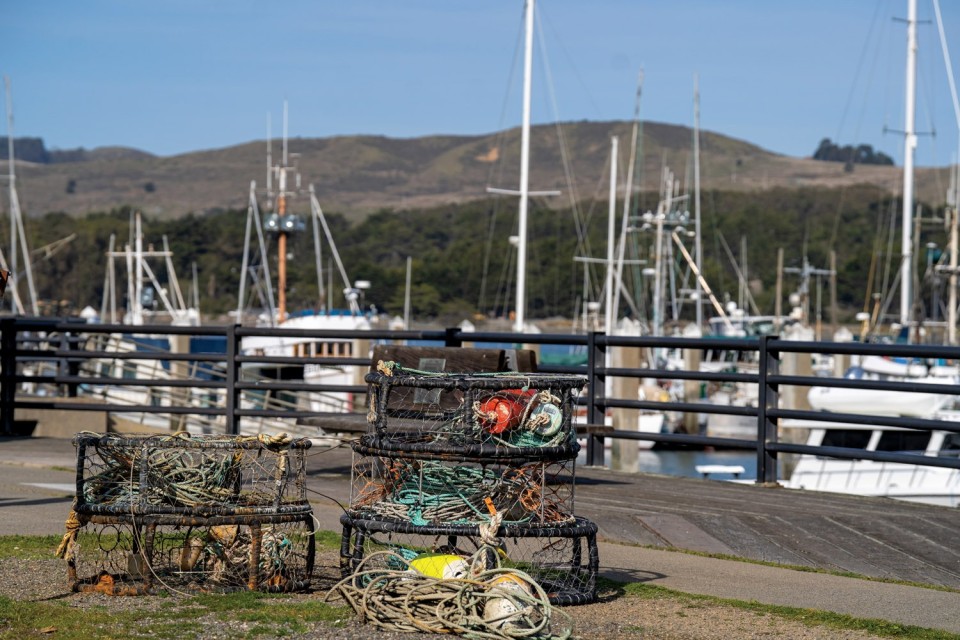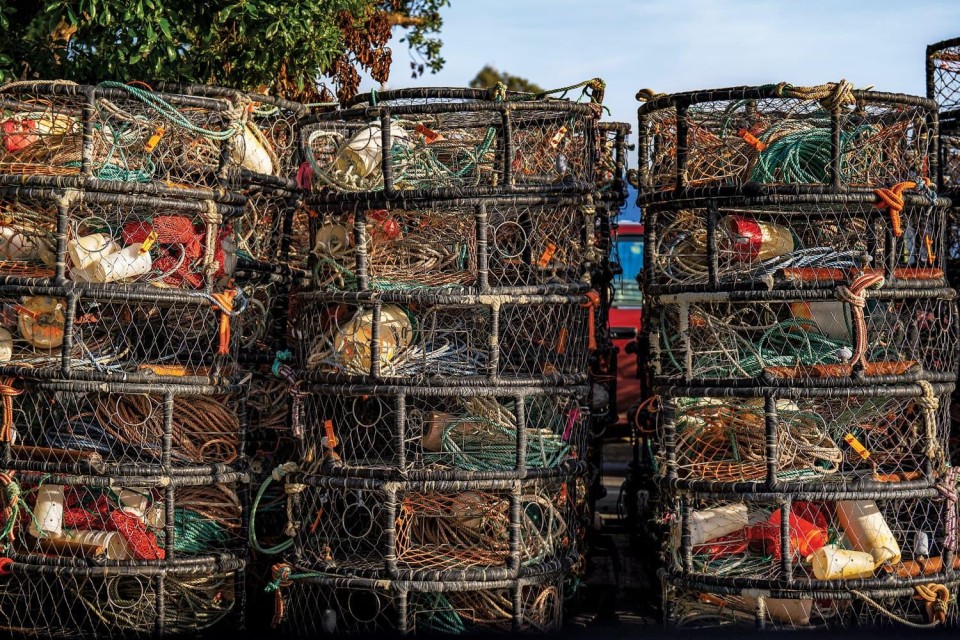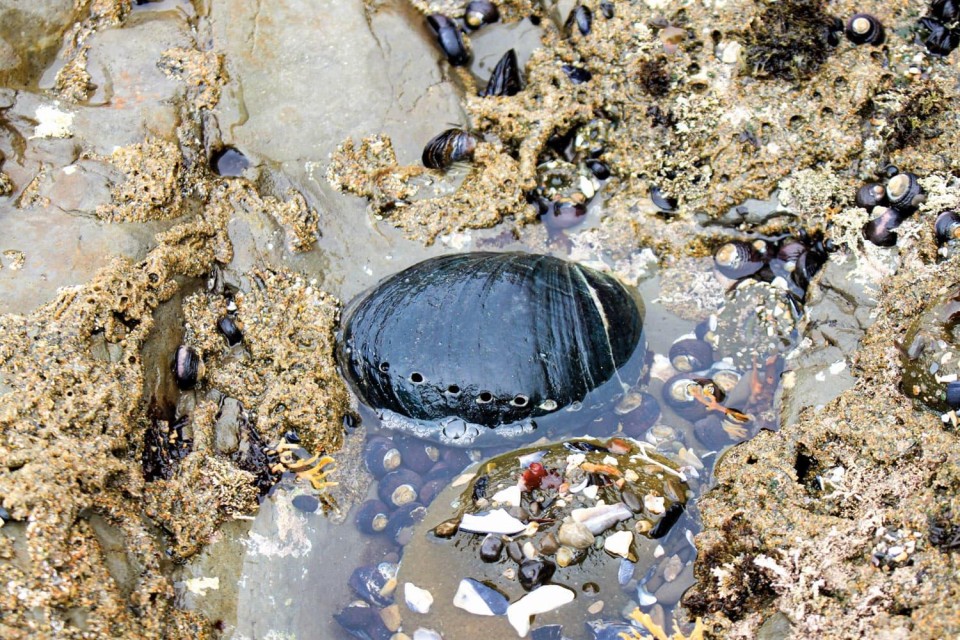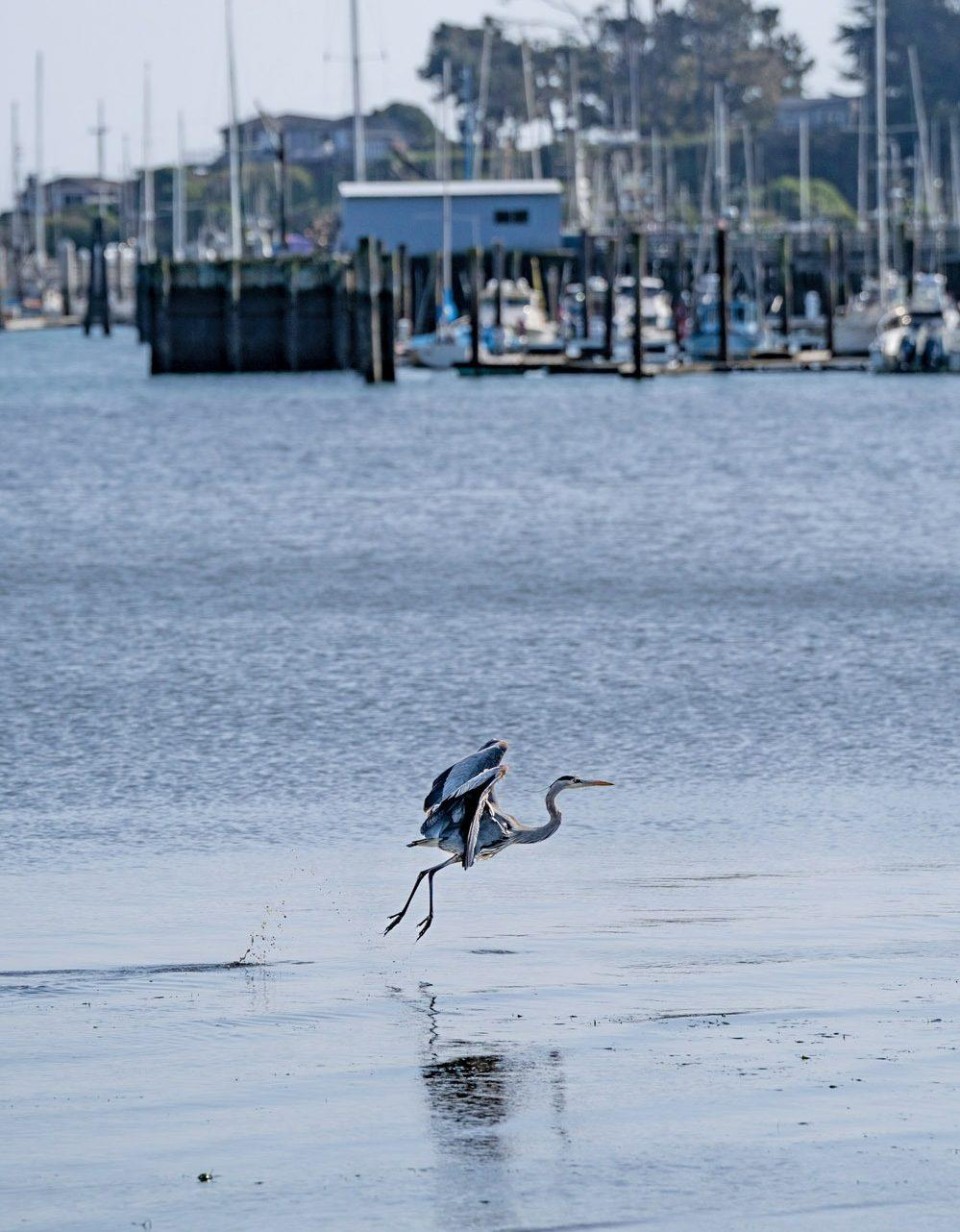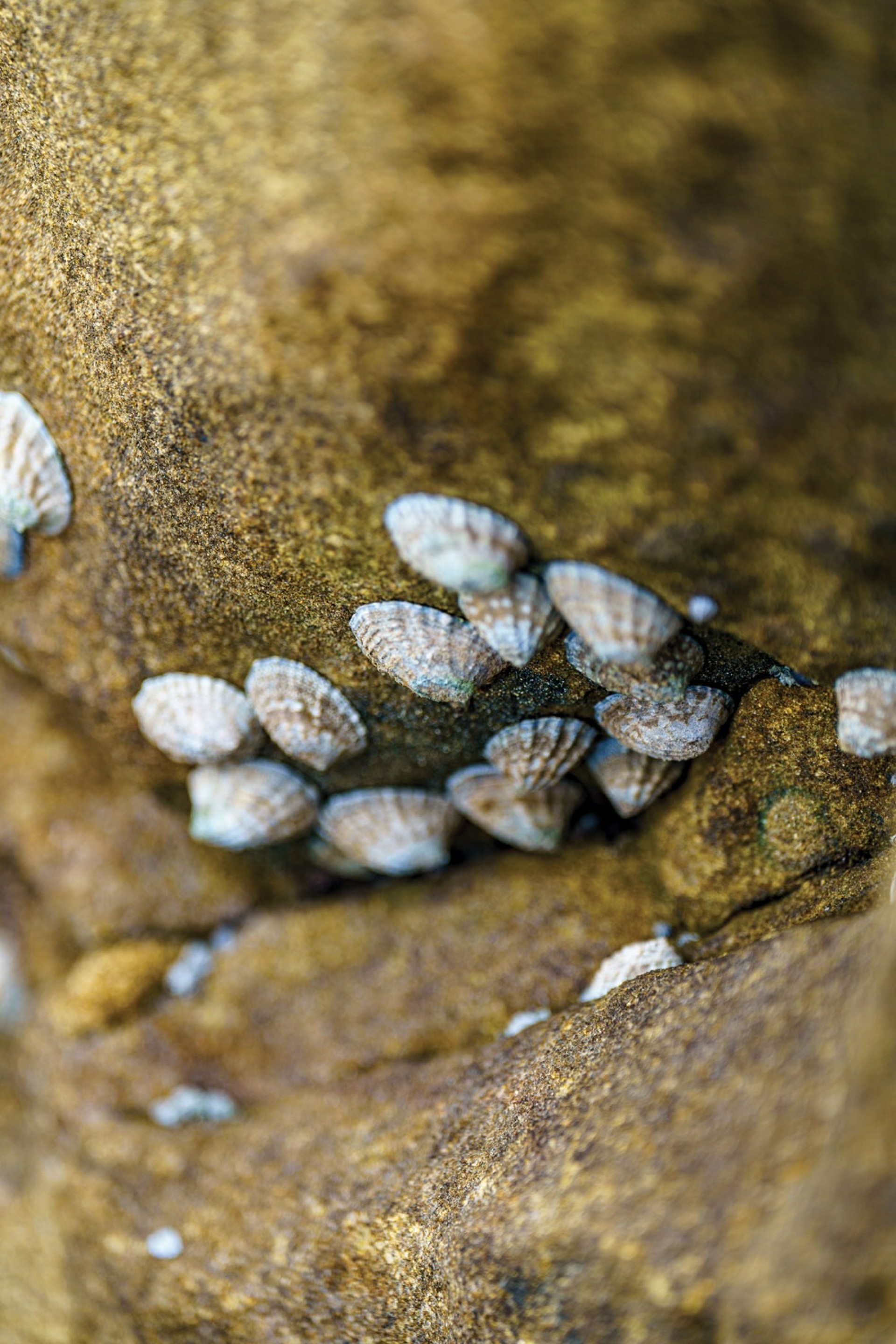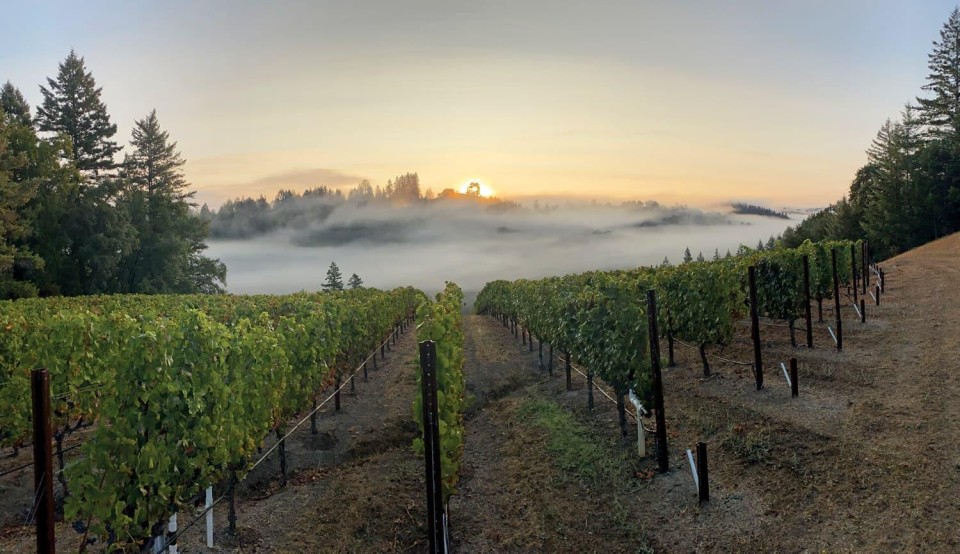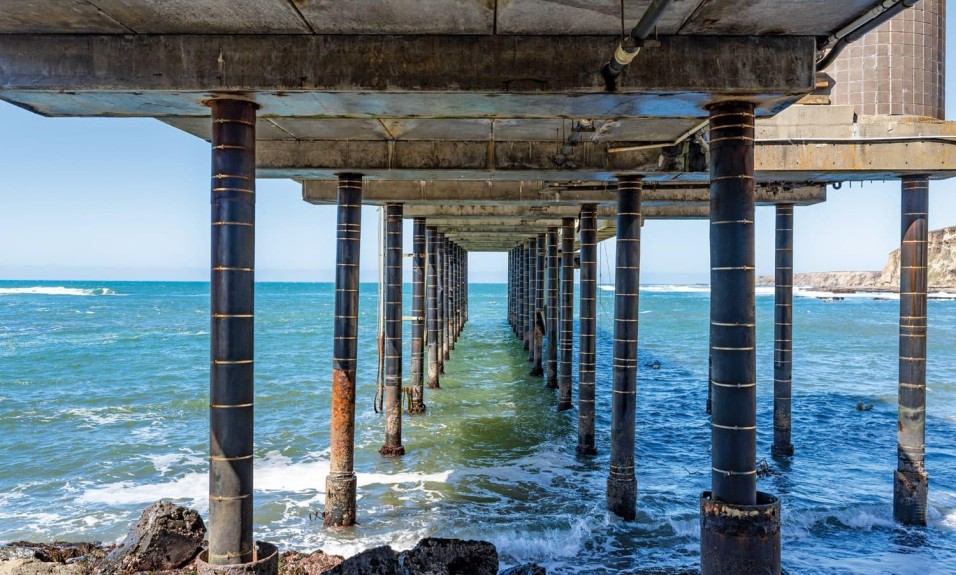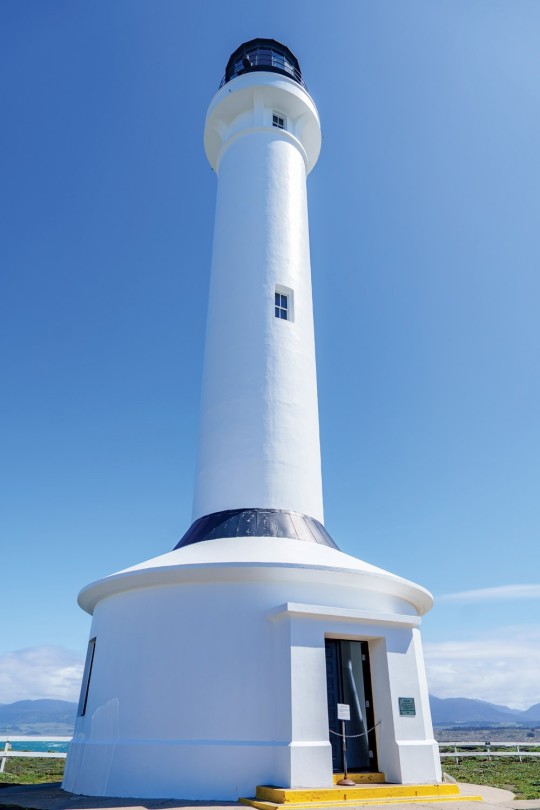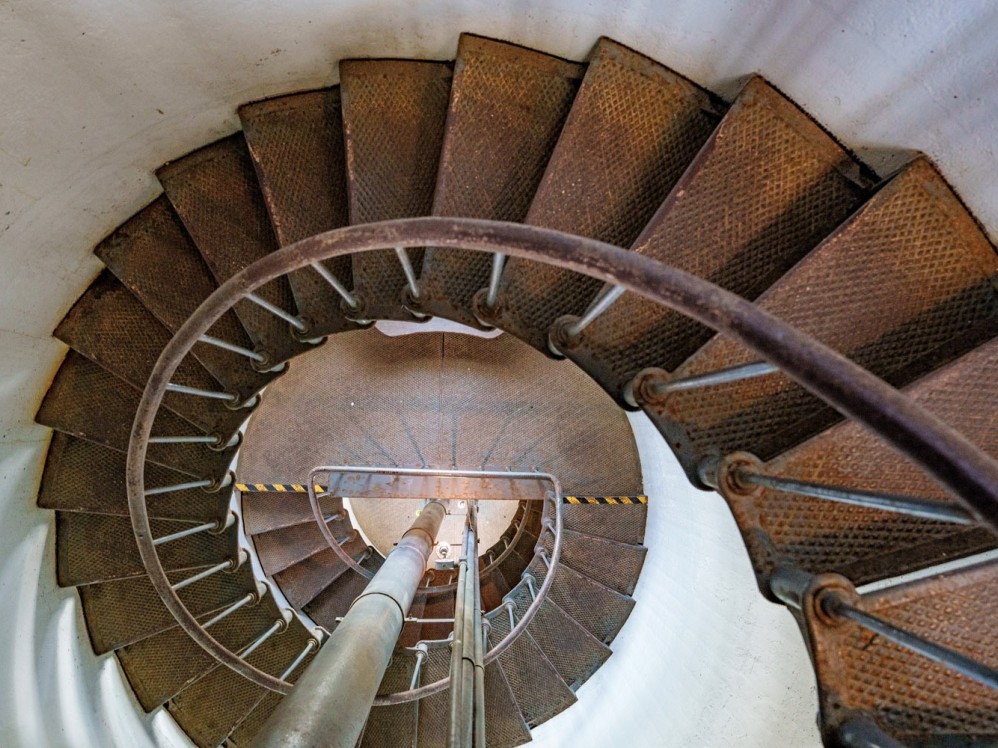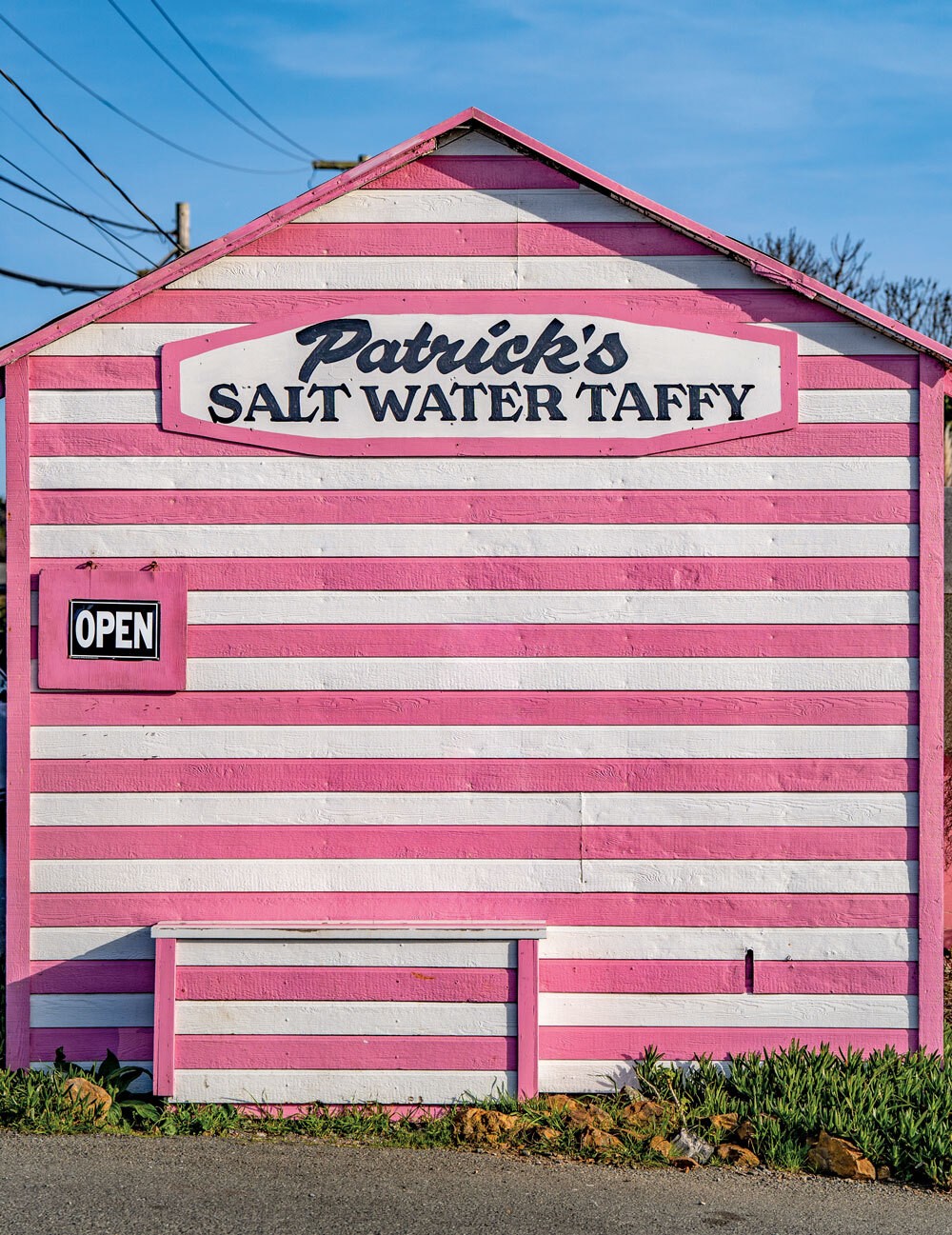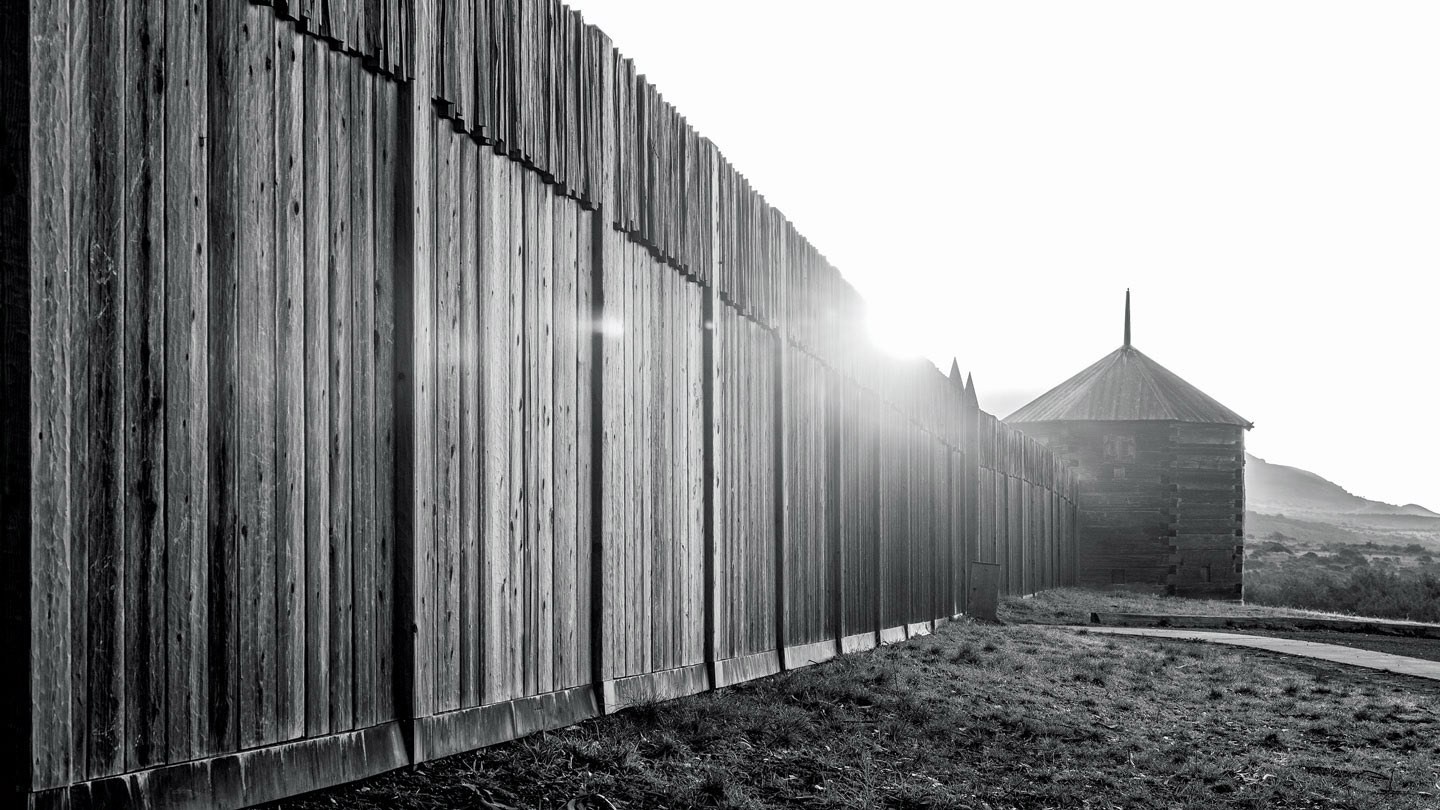Humans have been drawn to abalone for at least thirteen thousand years. Along the northern coast of the Golden State, Indigenous Californians like the Miwok and Pomo tribes harvested abalone for food. From their iridescent, radiant shells, they fashioned tools and shards for ceremonial dress, the light playing against the ever-changing mother-of-pearl of which their shells are composed.
The abalone population boomed along the northern Sonoma coast during the mid-1800s, when Russian fur trappers began harvesting sea otters, the abalone’s main predator. With abalone numbers growing in abundance, Chinese and American fishermen began collecting them in shallow waters, so much so that by 1900, the first regulations were placed upon abalone fishing, and the first popular fishery was closed. Soon after, Japanese divers started aggressively harvesting subtidal abalone by hard-hat and free diving. Populations were suddenly threatened, and size restrictions were imposed: no abalone smaller than 15 inches (38 centimeters) in circumference could be harvested. Over the decades, though, the sea otter population improved, and the abalone population stabilized, sustaining commercial operations and abalone divers alike.
